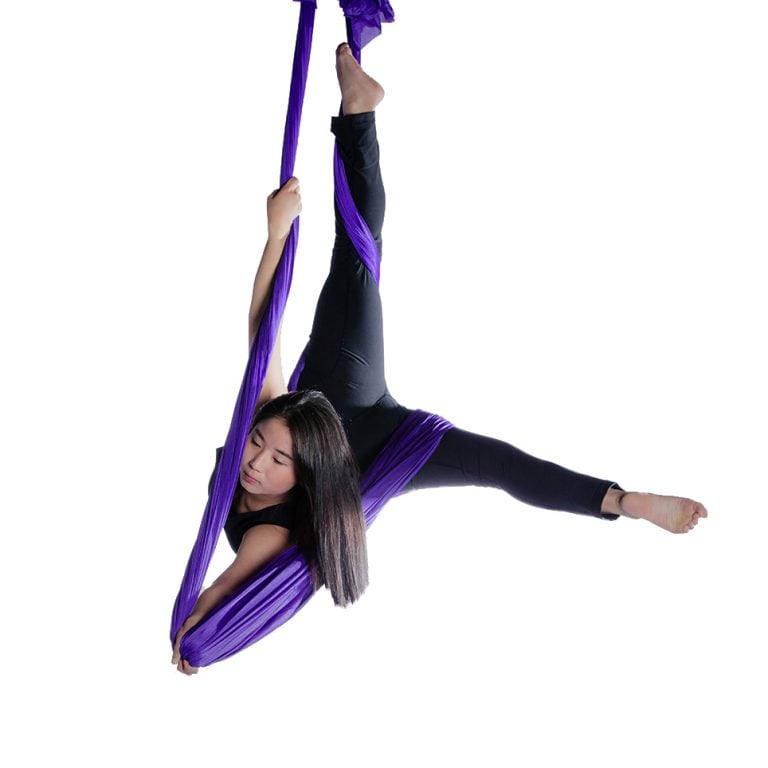If you could resolve your school-age or teenage child’s anxiety, chronic pain, insomnia, bedwetting, or other health issues with a treatment that has no side effects, would you use it? Most people would jump at an option that is both safe and effective. Clinical hypnosis is such a treatment. It’s evidence-based (Anbar, 2021; Kohen & Olness, 2023) and leads to long-term improvements. Parents love this idea. Yes, hypnosis may be unfamiliar, but it holds a real prospect of relief for families who feel like they have already tried everything.
Hypnosis uses a normal mental state — the same mental state that you might call “flow” or “the zone.” Almost everyone goes in and out of that state spontaneously, depending on the activity they are doing. It is associated with creativity and athletic performance. Kids are particularly good at “going there” and frequently enter that kind of trance when focused intently on play. If your child often gets so absorbed in a game that they don’t seem to hear you, they may have excellent results with formal hypnosis.
Here are some tips on how you and your child can have the best possible results with clinical hypnosis, starting around age eight. (A slightly different approach might be better for younger kids.)
- Model an open mindset. It’s important to get past the media’s portrayal of hypnosis and to view it as a legitimate medical therapy, not a form of entertainment. I can’t tell you how many times someone comes in and asks, “Are you going to make me squawk like a chicken?” If you think that hypnosis sounds kooky, and are only trying it out of desperation, your child may not take it seriously enough to participate.
- Manage your expectations. Hypnosis is not magic! It may take several sessions for a client to see an obvious effect. It would be unrealistic to expect a medical problem to go away with just one dose of a new drug. In just the same way, hypnosis requires repeated exposures to work best.
- Be prepared to take “no” for an answer. Hypnosis is not an appropriate treatment in every situation. Let’s take the example of picky eating. If a child is a picky eater because they are nervous about trying new things, hypnosis can help them to tap into the courage and curiosity they may show when navigating a new situation, and use those same strengths at mealtime. However, if a child is a picky eater because they have an inflamed esophagus, they need dietary changes or medication to treat that problem, not hypnosis.
- Don’t force. If your child does not want to participate in hypnosis, there is no way for anyone to make them. It will be a waste of everyone’s time to drag them to therapy.
- Step out. Having a parent there in the treatment office can make a kid too self-conscious to engage fully in hypnosis. So, feel free to come in and give your child’s provider an update at the beginning of the session, and then offer to wait outside.
- Let your child be in charge. Establish in advance whether it would be OK to remind them to practice their hypnosis techniques. Then respect whatever the agreement is. You can always re-negotiate after the next appointment with your child’s clinician.
Takeaway
You and your child may both be surprised by how comfortable and even fun it can be to use hypnosis. And once they have learned how to do it, they can apply the same techniques on their own to manage different problems and enhance performance.






